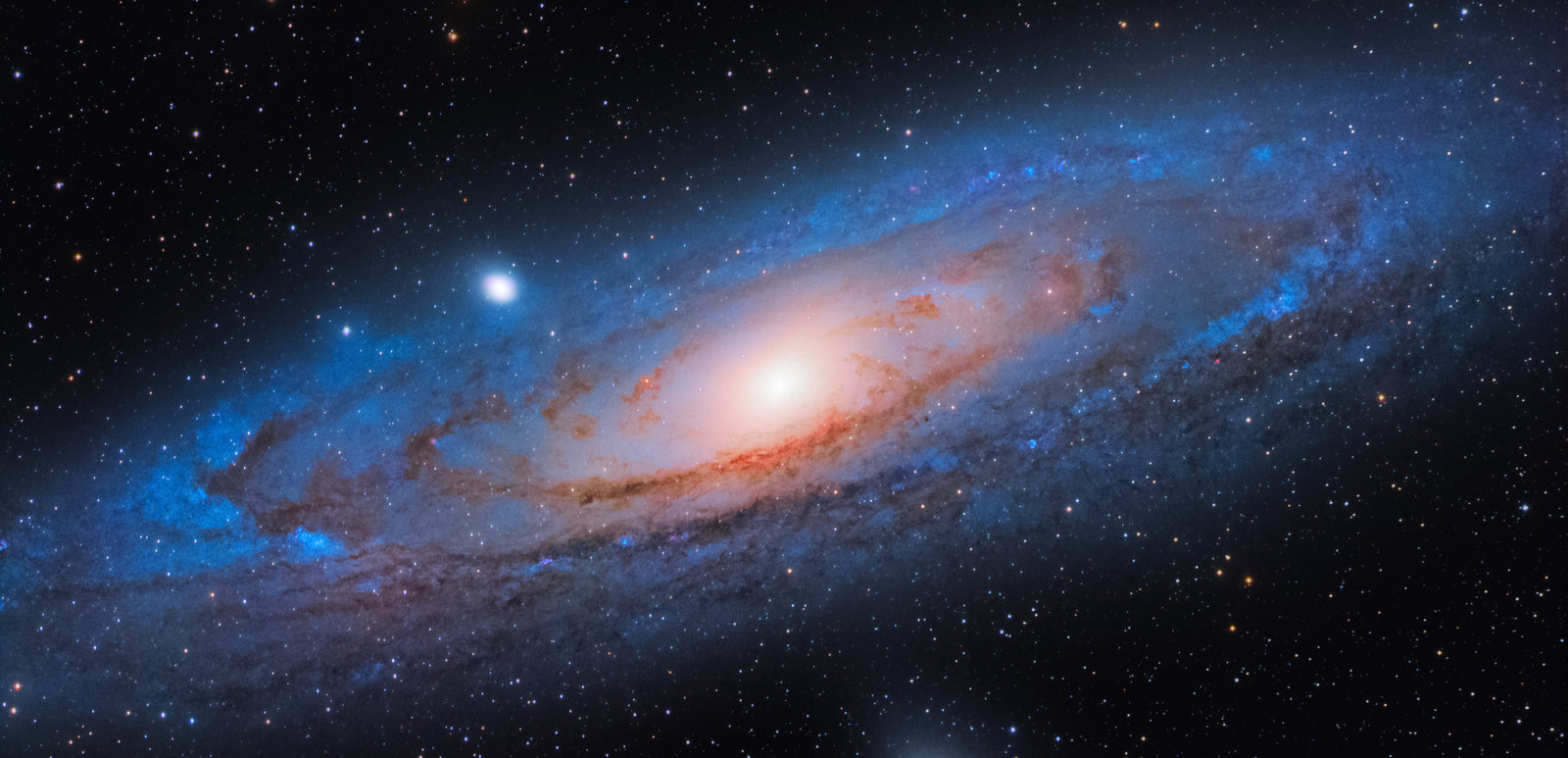Which mount should I buy?
In as simple of an answer as possible, here is which mount type we recommend based on your skill level and what you're trying to do:
| Beginner | Intermediate & Advanced | |
| Visual Observing | Usually comes with telescope | Alt-Az |
| Deep Sky Astrophotography | Star Tracker | German Equatorial Mount |
| Planetary Astrophotography | Alt-Az | German Equatorial Mount |
| Both Visual & Imaging | Alt-Az | Hybrid Mount |
Though the chart above can be used as a guide, we recommend doing more research to find the mount you want based on your budget and what you want to do. Once you've got it narrowed down to a few choices, contact our Sales team to help finalize your decision.
Can I use a motorized alt-az mount for astrophotography?
The short answer: yes, you can! The long answer: using an alt-az mount for astrophotography can have its limitations. If you're just looking to take images of bright objects within the solar system, such as the moon and planets, then an alt-az mount will be a good choice.
If you're hoping to take images of deep sky objects, this is where alt-az mounts reach their limits. Depending on your camera and your telescope's focal length, an alt-az mount can track the night sky for up to 30 seconds or so before star trails start to occur. This is long enough to capture some of the brightest deep sky objects like the Orion Nebula, but is not long enough to capture most deep sky objects, which are very faint.
How do you attach a telescope to the mount?
Telescope mounts have a part called the saddle, which is where the telescope connects to the mount. The part of the telescope that connects to the mount is called the dovetail. The telescope attaches to the mount via the dovetail being clamped down by the saddle, which has knob tightening screws to hold the telescope securely in place. Dovetails and saddles come in two common shapes:
- Vixen / V-style): found on almost all beginner equipment, used to carry smaller & lighter telescopes
- Losmandy / D-style: found on higher end telescope equipment, used to carry larger & heavier telescopes
Some modern mounts feature saddles that can carry both types of dovetails. This is convenient as it lets you swap between smaller and larger telescopes easily without having to remove dovetails.














